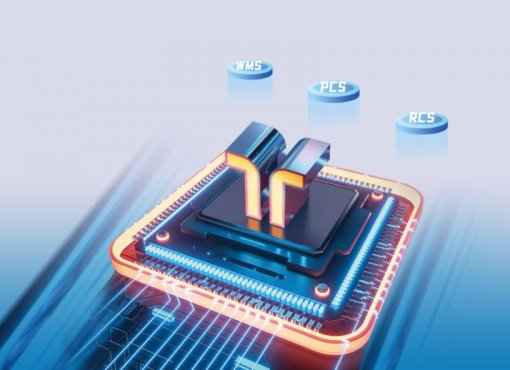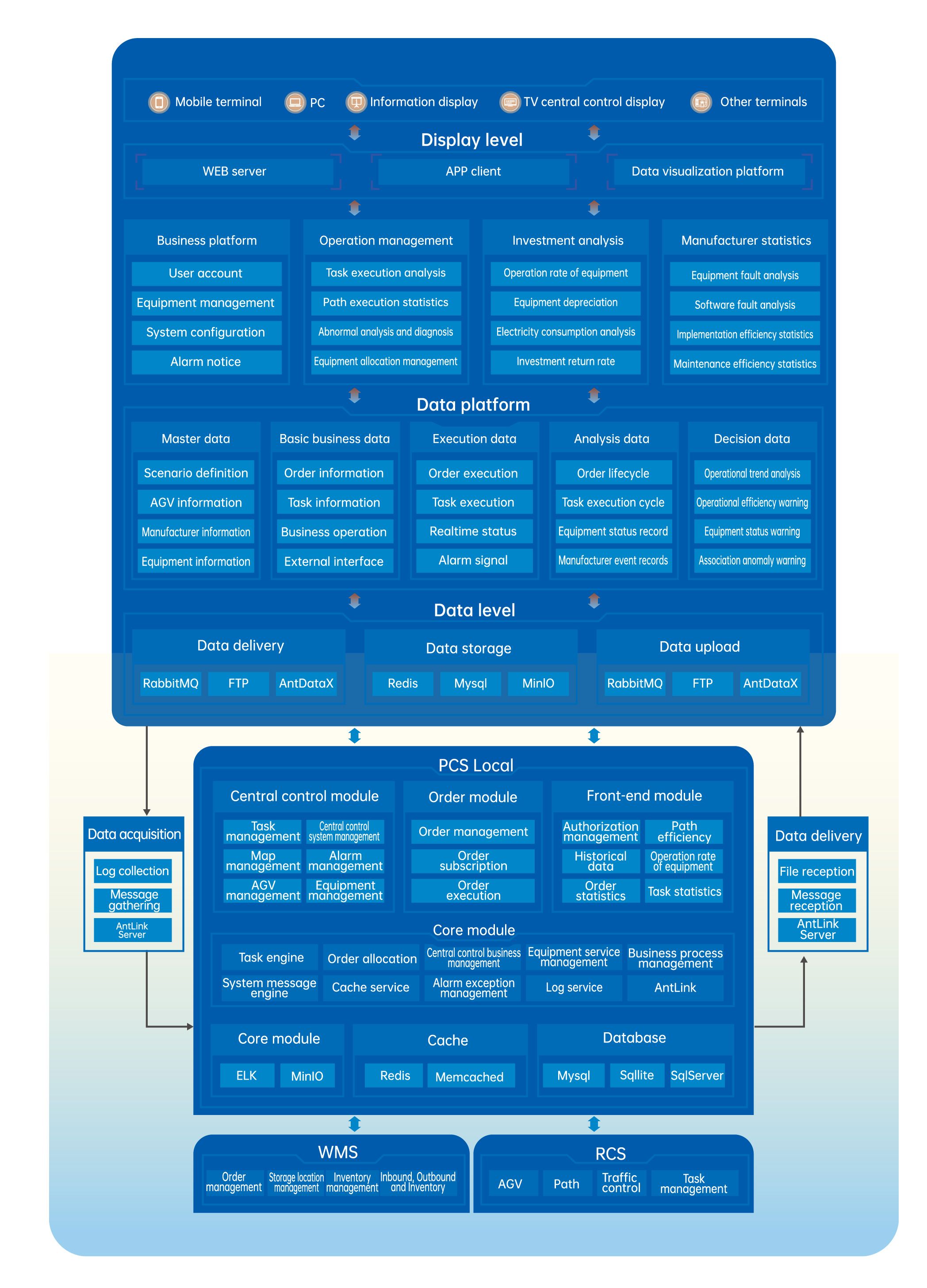The LOGIANT Logistics Cloud System easily integrates robots and scheduling systems from different brands and models, breaking down data barriers between hardware and software products. It enables resource sharing among robots from different manufacturers and logistics flow lines, improving project delivery efficiency by over 80%. Based on dynamic programming algorithms, intelligent traffic control algorithms, and smart decision-making algorithms, and integrated with AI algorithms, the platform effortlessly supports mixed fleet operations with hundreds of robots, including various types and third-party robot devices. It seamlessly connects with multiple upper-layer systems and other automation equipment, enabling visual management and intelligent control.




